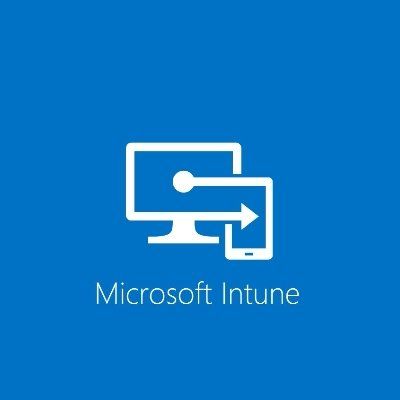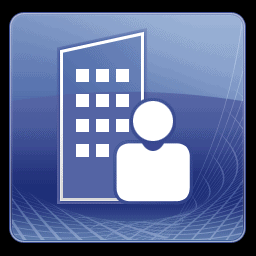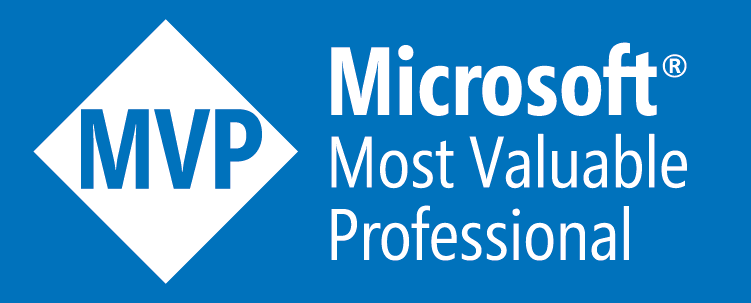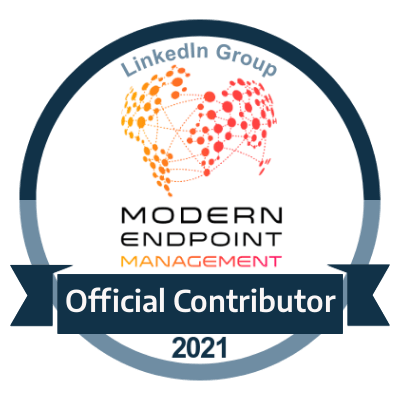SCSM – Incidents History SLA Reporting Query
Retrieve all incident log data
In order to obtain the details of your Incidents History including the following information;
·Incident Names
·Created By
·Assigned To
·Resolved By
·Created Date
·Assigned to Date
·Resolved By Date
·Billable Time Users
·Billable Time
These are within several tables within your Data Warehouse databases, mainly
within the DWDataMart and DWRepository databases.
Below is a SQL Query which is able to obtain this information
cSelect distinct
dbo.IncidentDim.Id,
dbo.IncidentDim.Title,
dbo.IncidentDim.DisplayName,
dbo.IncidentDim.Description,
dbo.IncidentDim.CreatedDate,
dbo.IncidentDim.FirstAssignedDate,
dbo.IncidentDim.TargetResolutionTime,
Resolved.DisplayName As ResolvedByUser,
dbo.IncidentDim.ResolvedDate As ResolvedByDate,
Analyst.DisplayName As Analyst,
AssignedTo.DisplayName As AssignedToUser,
dbo.WorkItemAssignedToUserFactvw.CreatedDate As AssignedToDate,
CreatedBy.DisplayName As CreatedByUser,
AffectedUser.DisplayName As AffectedUser,
dbo.BillableTimeDimvw.TimeInMinutes,
dbo.BillableTimeDimvw.LastUpdated,
dbo.SLAInstanceInformationFactvw.StartDate As SLAStartDate,
dbo.SLAInstanceInformationFactvw.TargetEndDate As SLAEndDate,
dbo.SLAInstanceInformationFactvw.IsBreached As SLAIsBreached
From dbo.IncidentDim
LEFT OUTER JOIN dbo.IncidentResolvedByUserFactvw
ON dbo.IncidentDim.IncidentDimKey = dbo.IncidentResolvedByUserFactvw.IncidentDimKey
LEFT OUTER JOIN dbo.UserDim
ON IncidentResolvedByUserFactvw.TroubleTicketResolvedByUser_UserDimKey = dbo.UserDim.UserDimKey
LEFT OUTER JOIN dbo.WorkItemDim
ON dbo.IncidentDim.EntityDimKey = dbo.WorkItemDim.EntityDimKey
LEFT OUTER JOIN dbo.WorkItemHasBillableTimeFactvw
ON dbo.WorkItemDim.WorkItemDimKey = dbo.WorkItemHasBillableTimeFactvw.WorkItemDimKey
LEFT OUTER JOIN dbo.BillableTimeDimvw
ON dbo.WorkItemHasBillableTimeFactvw.WorkItemHasBillableTime_BillableTimeDimKey = dbo.BillableTimeDimvw.BillableTimeDimKey
LEFT OUTER JOIN dbo.BillableTimeHasWorkingUserFactvw
ON dbo.BillableTimeDimvw.BillableTimeDimKey = dbo.BillableTimeHasWorkingUserFactvw.BillableTimeDimKey
LEFT OUTER JOIN dbo.SLAInstanceInformationFactvw
ON dbo.WorkItemDim.WorkItemDimKey = dbo.SLAInstanceInformationFactvw.WorkItemDimKey
LEFT OUTER JOIN WorkItemAssignedToUserFactvw
ON dbo.WorkItemDim.WorkItemDimKey = WorkItemAssignedToUserFactvw.WorkItemDimKey
LEFT OUTER JOIN dbo.WorkItemCreatedByUserFactvw
ON dbo.WorkItemDim.WorkItemDimKey = dbo.WorkItemCreatedByUserFactvw.WorkItemDimKey
LEFT OUTER JOIN dbo.WorkItemAffectedUserFactvw
ON dbo.workitemdim.WorkItemDimKey = dbo.WorkItemAffectedUserFactvw.WorkItemDimKey
LEFT OUTER JOIN dbo.UserDim As Resolved ON dbo.IncidentResolvedByUserFactvw.TroubleTicketResolvedByUser_UserDimKey = Resolved.UserDimKey
LEFT OUTER JOIN dbo.userdim As Analyst ON dbo.BillableTimeHasWorkingUserFactvw.BillableTimeHasWorkingUser_UserDimKey = Analyst.UserDimKey
LEFT OUTER JOIN dbo.UserDim As AssignedTo ON dbo.WorkItemAssignedToUserFactvw.WorkItemAssignedToUser_UserDimKey = AssignedTo.UserDimKey
LEFT OUTER JOIN dbo.UserDim As CreatedBy ON dbo.WorkItemCreatedByUserFactvw.WorkItemCreatedByUser_UserDimKey = CreatedBy.UserDimKey
LEFT OUTER JOIN dbo.userdim As AffectedUser On dbo.WorkItemAffectedUserFactvw.WorkItemAffectedUser_UserDimKey = AffectedUser.UserDimKey
Order By Id, LastUpdated
This will allow you to obtain all of the historical data of your Incidents so you can also see all of the users it went to when assigned to a new user and also for how long they worked on it for.
This can be added to a report in Report Builder, if shown any duplicate results the grouping in the Report Builder will resolve this.








